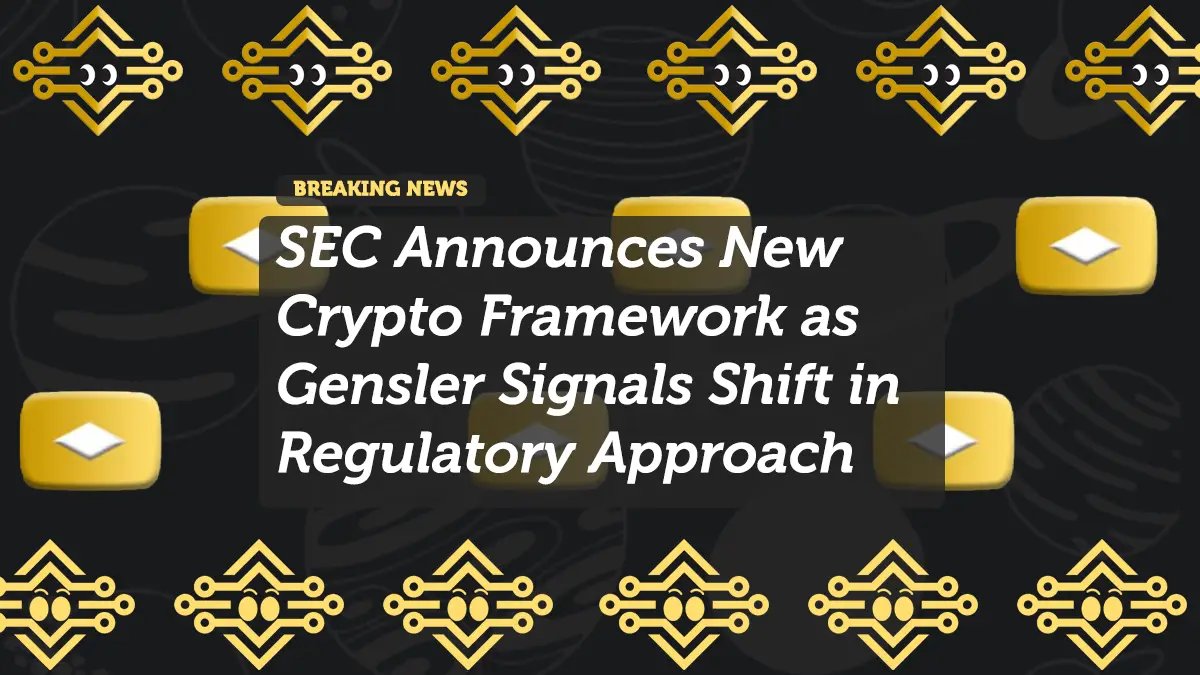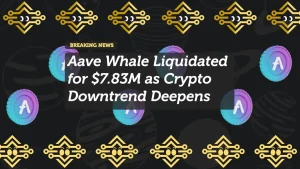
SEC Announces New Crypto Framework as Gensler Signals Shift in Regulatory Approach
The SEC crypto regulatory framework has undergone a significant evolution. In a landmark speech on July 8, 2025, SEC Chair Gary Gensler announced a new approach to crypto regulation that balances investor protection with market innovation.
This framework represents a departure from the SEC’s previous enforcement-first strategy. Instead of relying solely on litigation, the commission will now establish clear guidelines for token classification, exchange registration, and DeFi protocol compliance.
Key Elements of the New Framework
The SEC crypto regulatory framework includes several critical components:
- Token classification system distinguishing securities, commodities, and utility tokens
- Clear registration pathways for crypto exchanges and trading platforms
- DeFi safe harbor provisions for protocols meeting specific transparency requirements
- Stablecoin oversight guidelines addressing reserve requirements and redemption mechanisms
- Innovation sandbox program allowing compliant projects to operate under temporary exemptions
This structured approach aims to provide regulatory clarity while protecting investors from fraud and market manipulation.
Gensler Acknowledges Need for Innovation Support
In his speech, Gensler explicitly acknowledged the need to support blockchain innovation: “While our primary mandate is investor protection, we recognize that overly restrictive regulation could stifle beneficial innovation that serves American interests.”
This statement marks a notable shift from Gensler’s previous rhetoric, which often characterized most tokens as unregistered securities. The new framework creates pathways for compliant innovation while maintaining necessary safeguards.
Industry Response Is Cautiously Optimistic
The crypto industry has responded positively to the SEC crypto regulatory framework. The Blockchain Association called it “a significant step toward creating the regulatory certainty needed for institutional participation.”
However, some DeFi projects remain concerned about provisions requiring protocol-level compliance. The framework mandates that DeFi platforms implement on-chain KYC for transactions above $10,000, which presents technical challenges for permissionless systems.
Impact on Exchange Operations
Major exchanges are already adjusting operations in anticipation of the new rules. Coinbase has accelerated its institutional services division, while Binance US has expanded its compliance team by 40%.
Notably, the framework creates a clear pathway for spot Ethereum ETF approval, which the SEC now views as highly probable given Ethereum’s transition to proof-of-stake and established governance structure.
Final Thoughts: A New Era of Crypto Regulation
The SEC crypto regulatory framework signals the beginning of a more mature regulatory environment for digital assets. By moving from reactive enforcement to proactive rulemaking, the SEC is helping establish the foundation for sustainable crypto market growth.
While challenges remain, particularly around decentralized protocols, this framework represents the most promising development for regulatory clarity since the 2017 DAO report. As implementation proceeds, we can expect increased institutional participation and reduced market uncertainty.
















